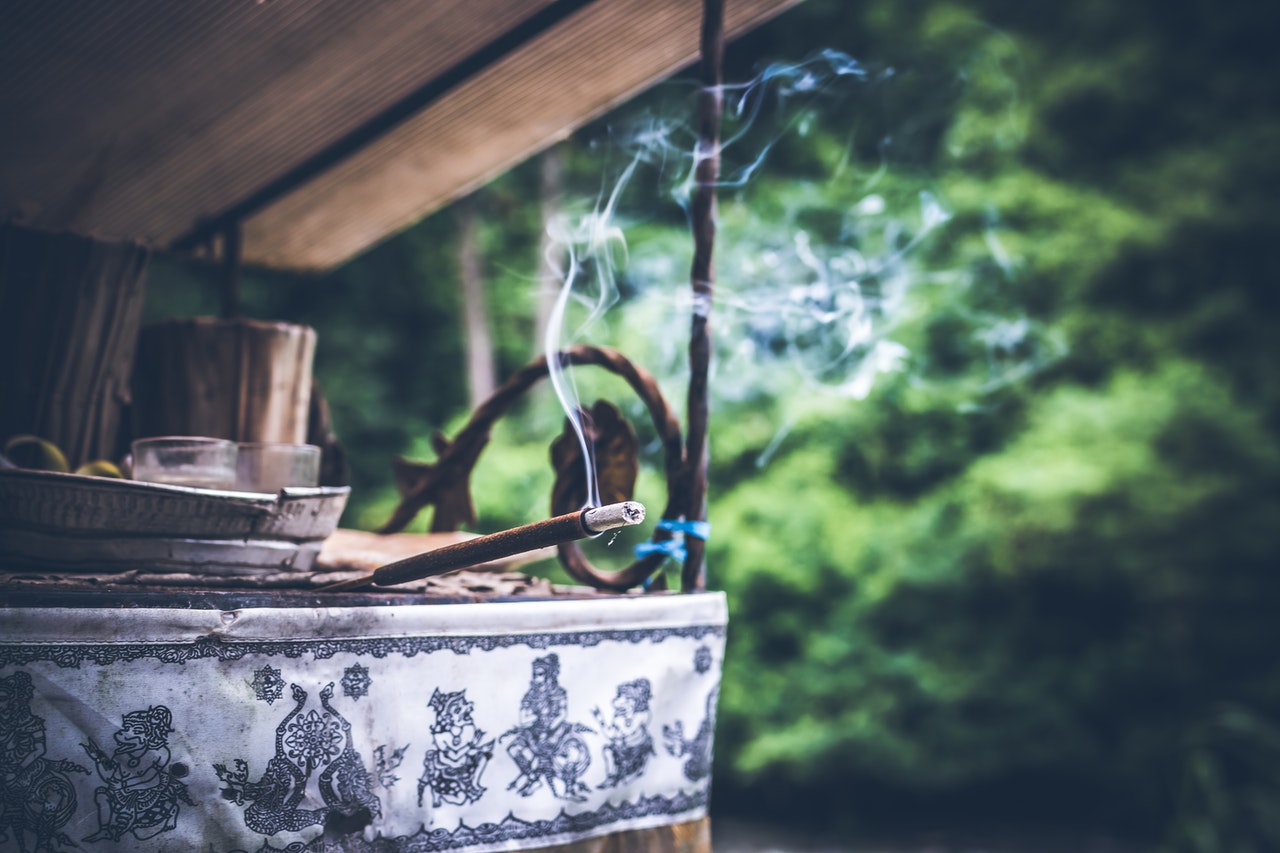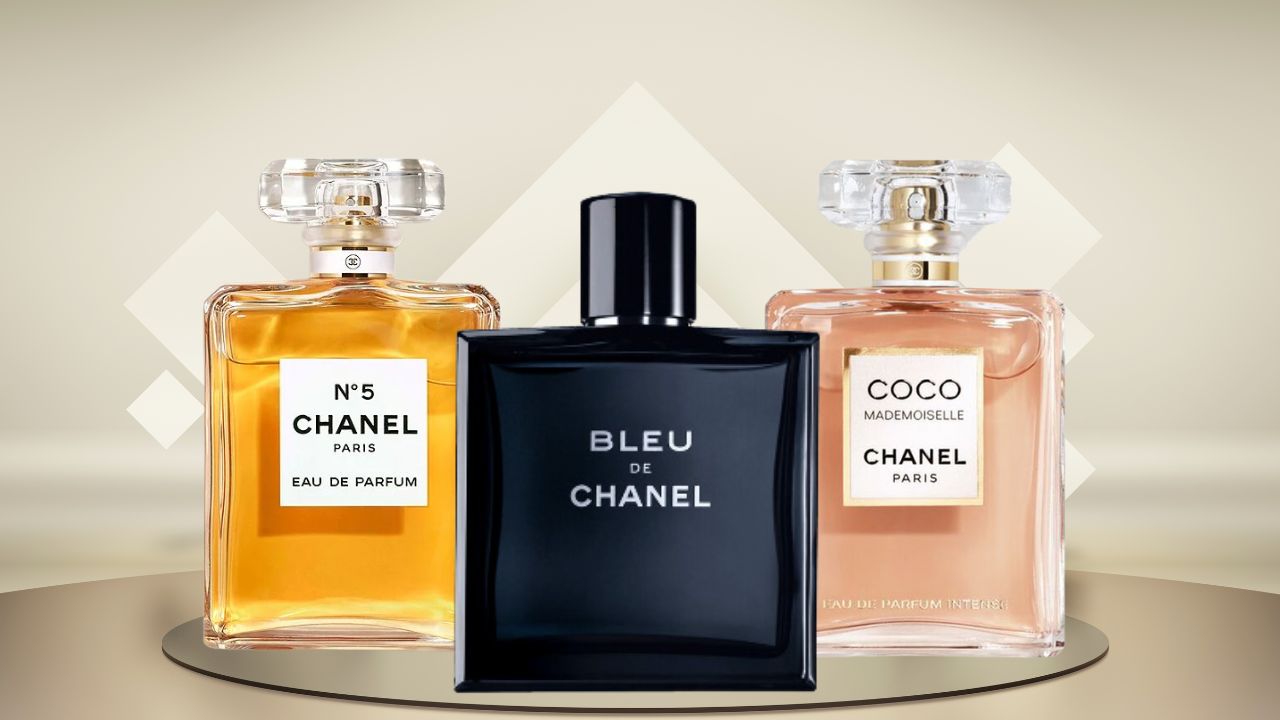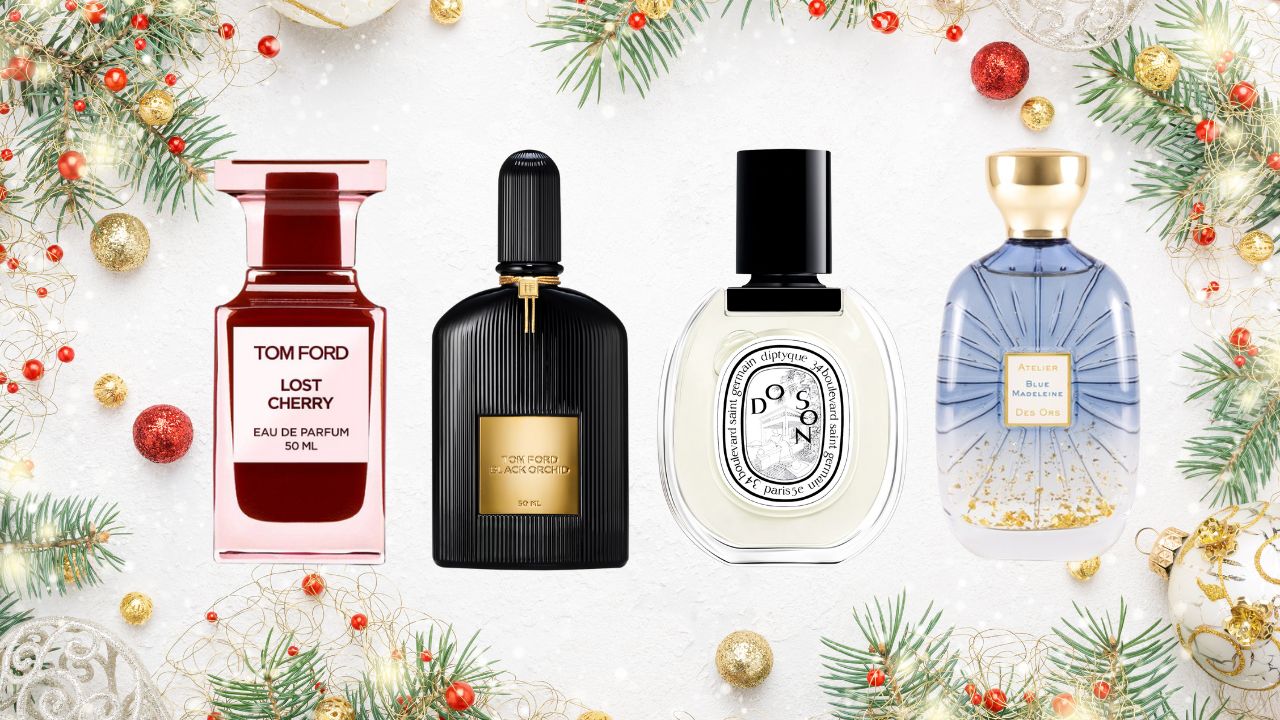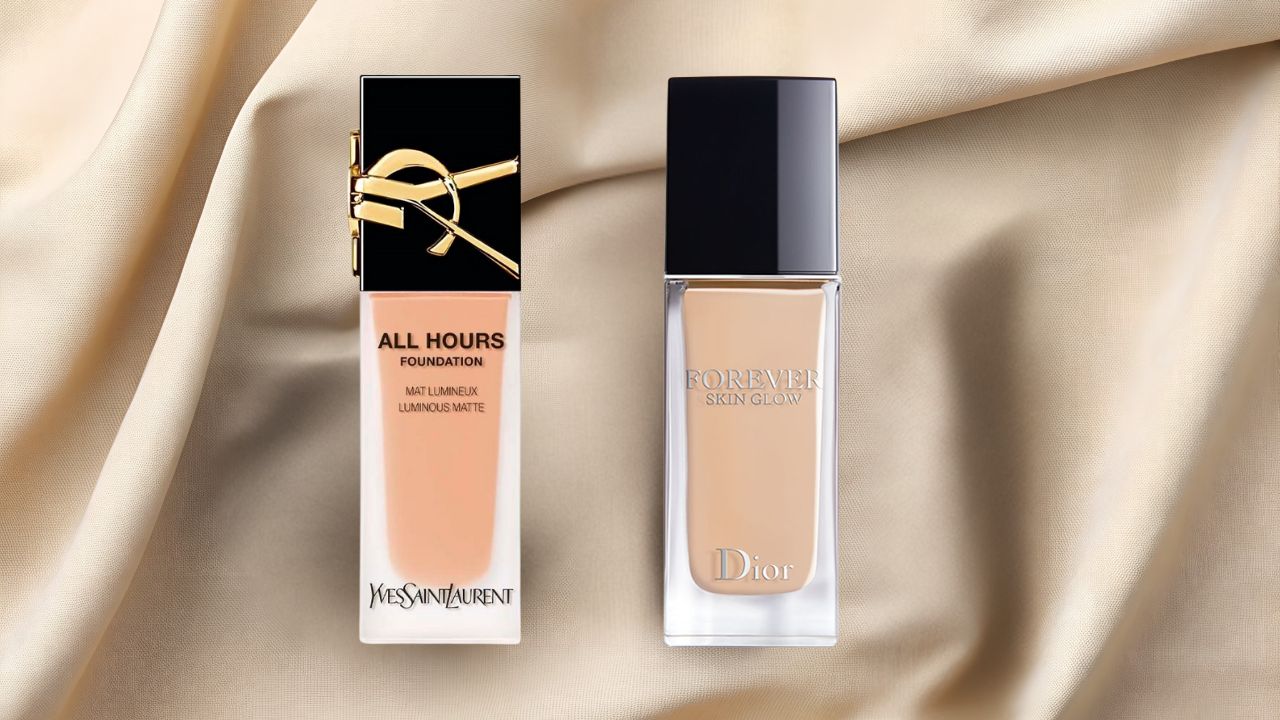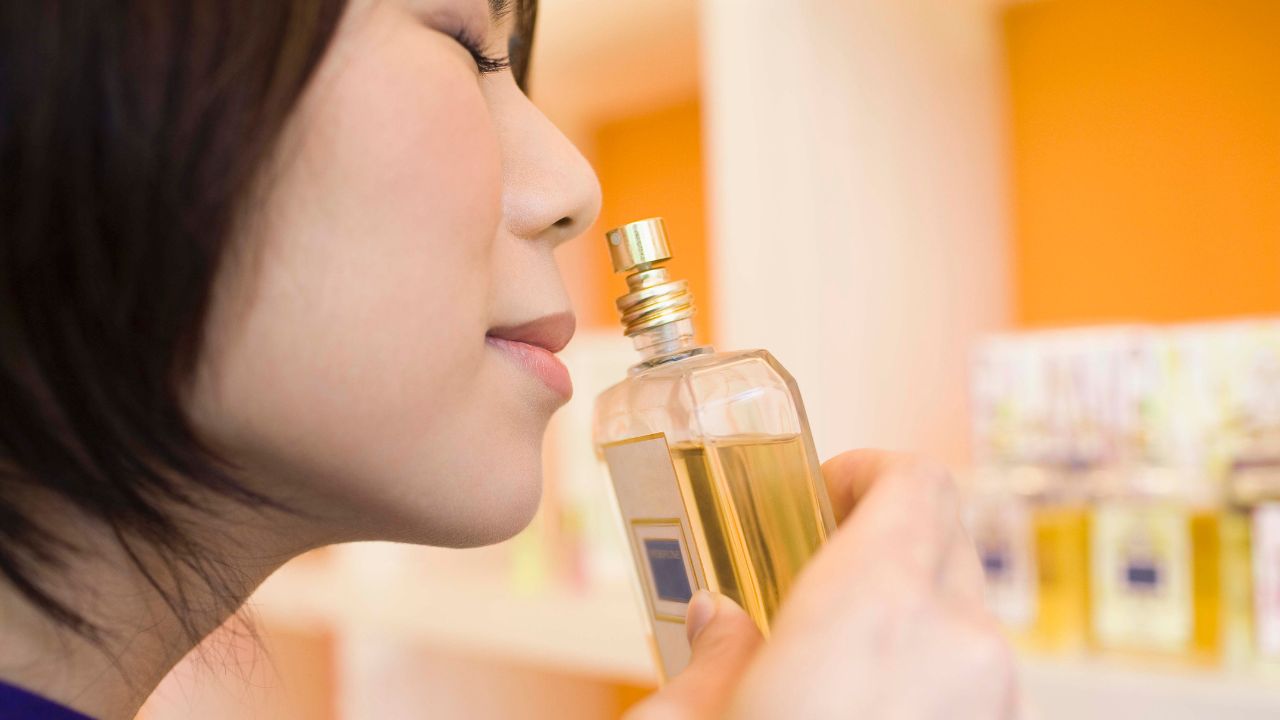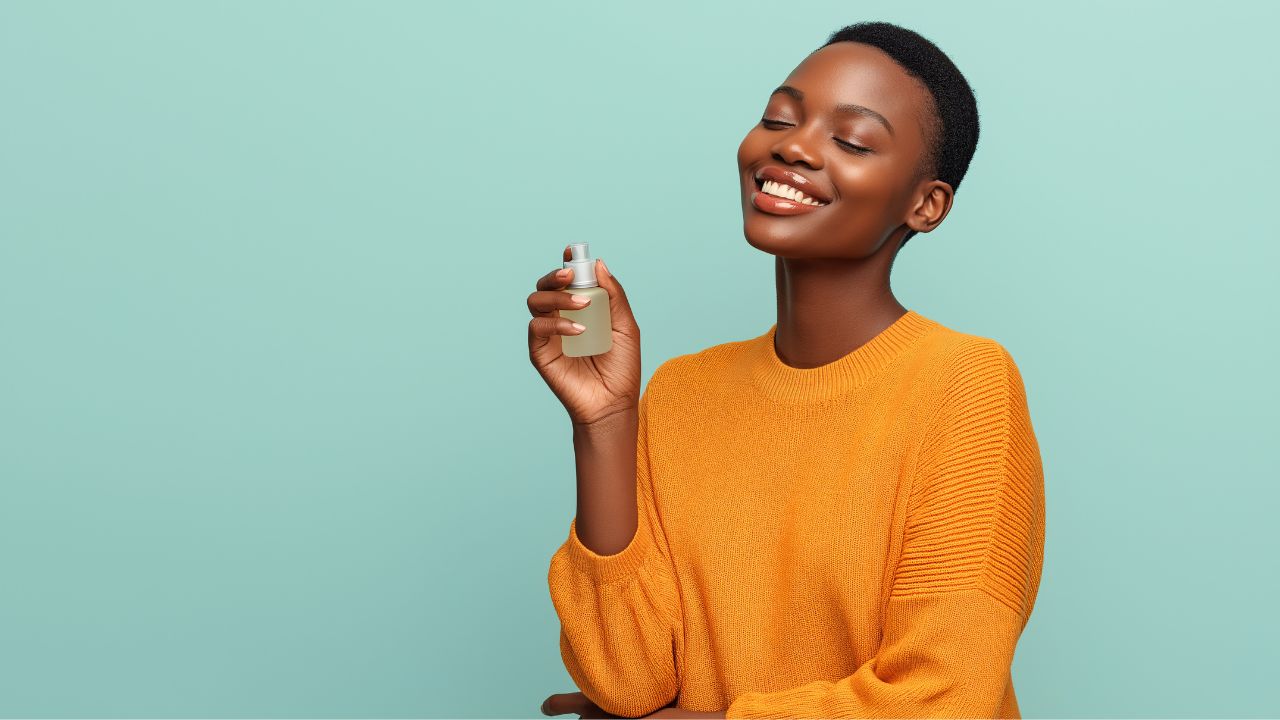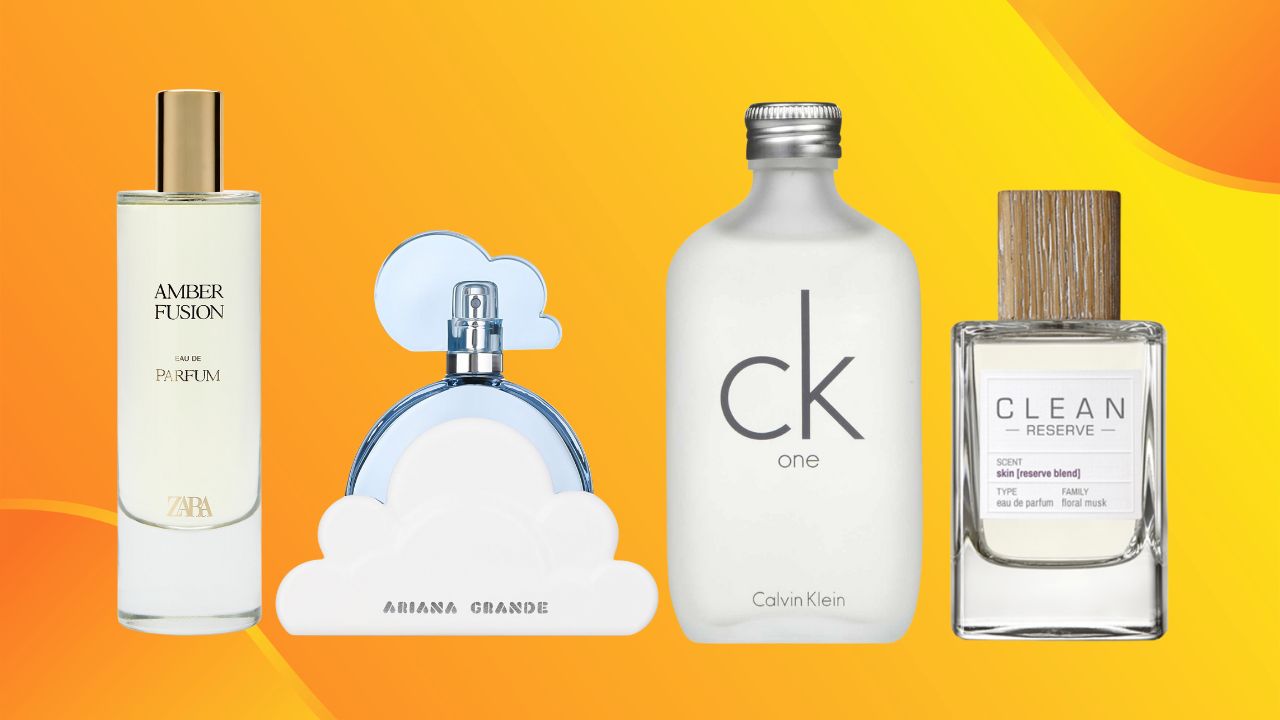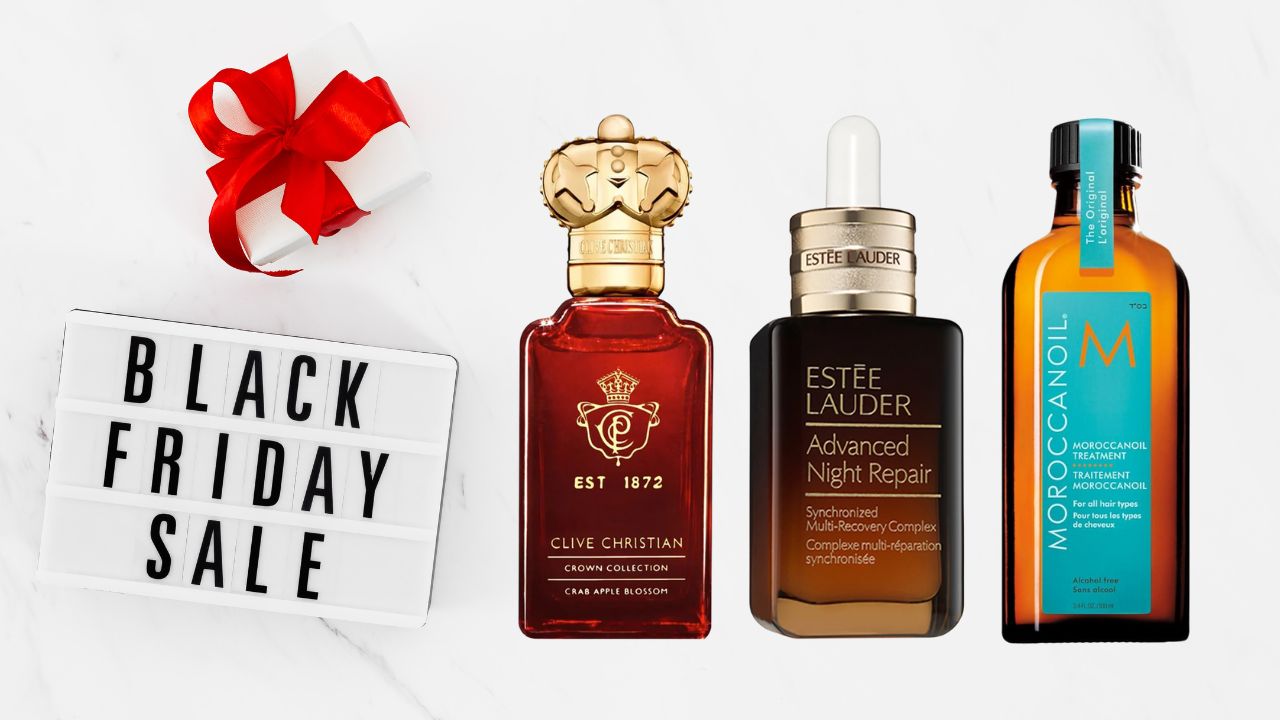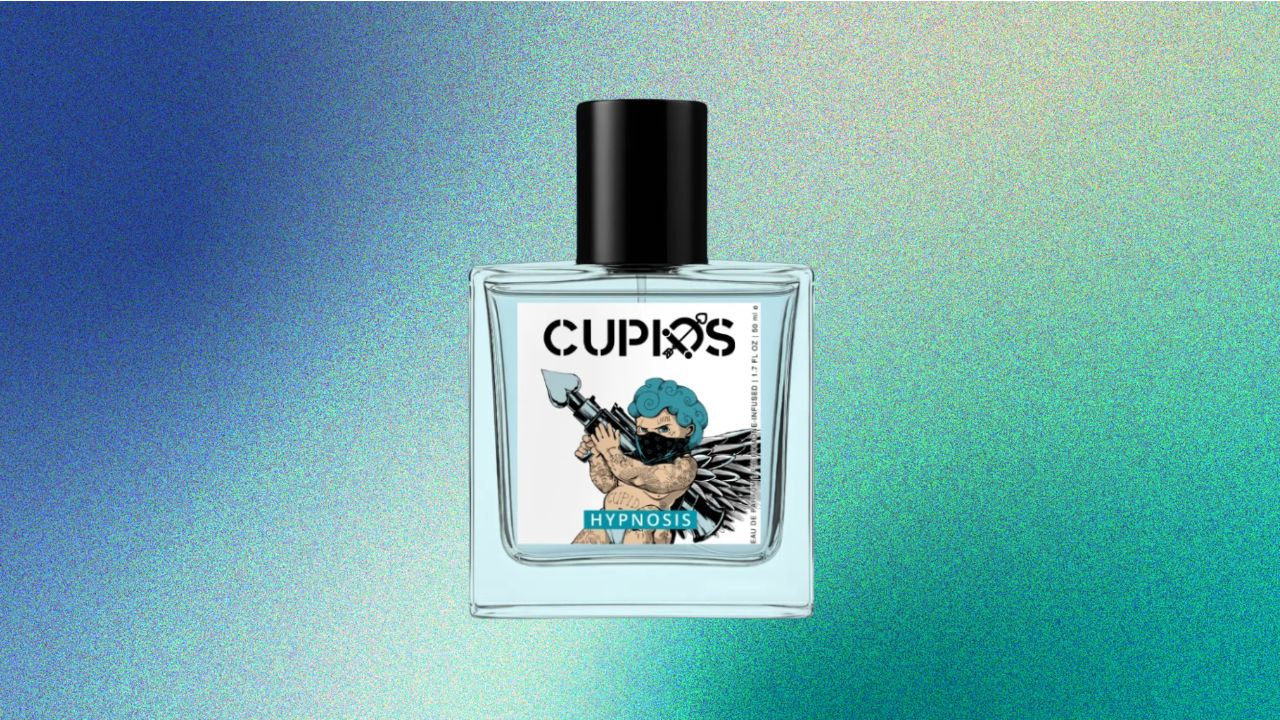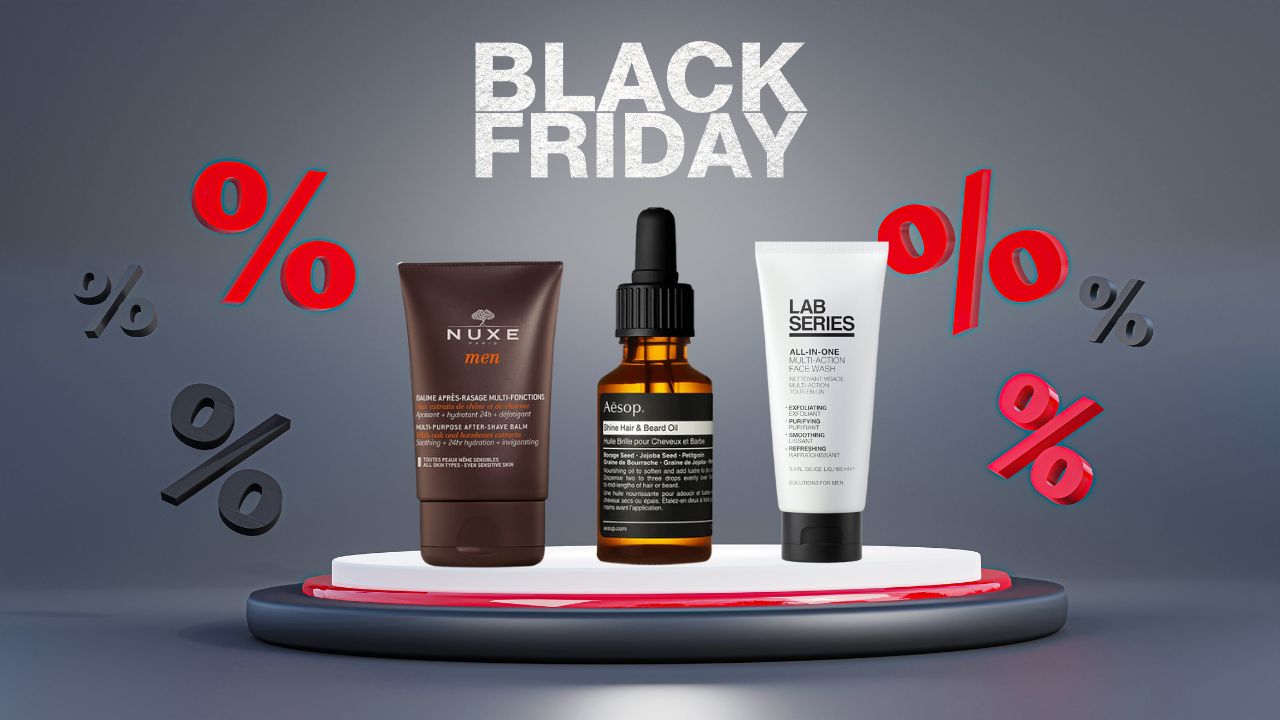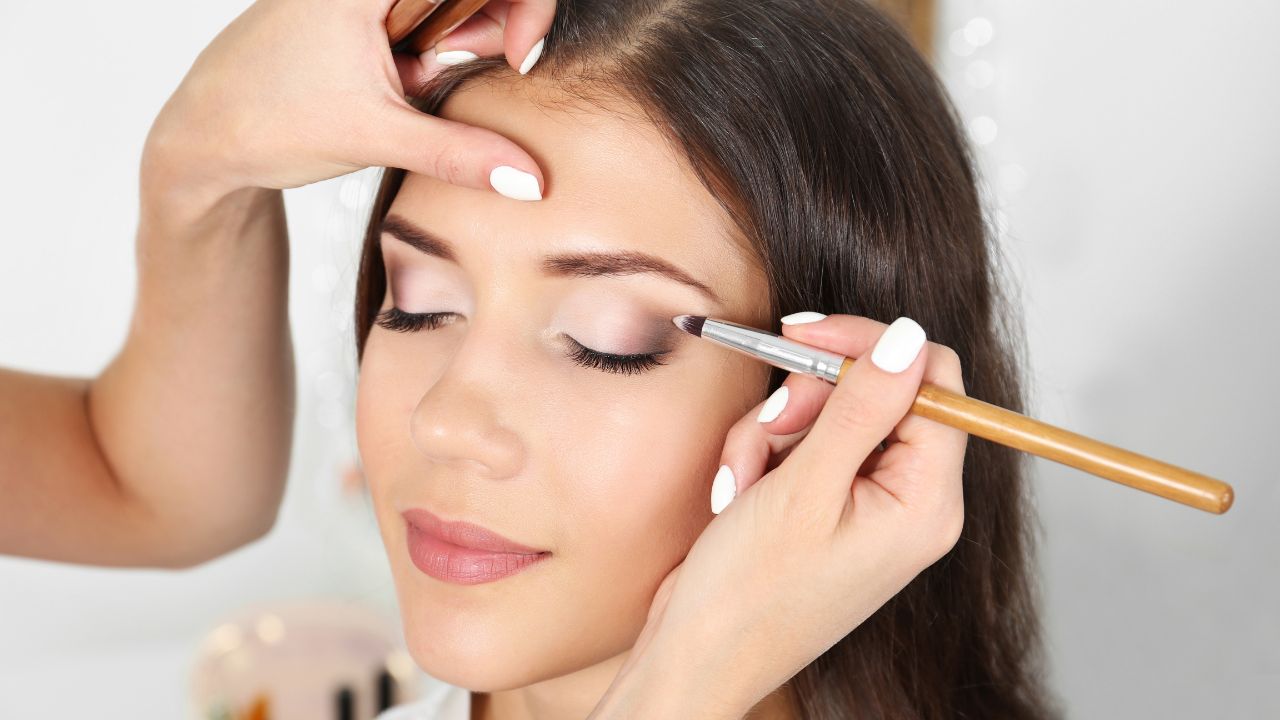Blog
Home / Origins & History of Perfume / Perfume in Ancient China
Categories
Recent Posts
- 10 Best Chanel Perfumes: Timeless Elegance in Every Bottle
- The 10 Best Women’s Perfumes for Xmas Gifts: Luxury Fragrance Gift Guide 2025
- Dior Foundation vs YSL Foundation: The Ultimate 2025 Comparison Guide
- Why Certain Smells Bring Back Memories: The Proust Effect Explained (2025)
- How Perfumes Can Change Your Mood: The Science Behind Scent and Emotions
The popularity of perfume was not limited to just Roman and Greek civilizations in Western culture. The ancient Chinese were also pioneers of aromatic products and championed them in their daily lives. Often credited with introducing perfume to Eastern culture, the Chinese used many unusual scented products. For example, the ink with which they wrote was also perfumed and smelled elegant. The Sui and Song dynasties saw many noble and rich Chinese people using perfumes for personal grooming. They usually traded the ingredients via the Silk Road. Fragrance reached its height of fame during the Yuan, Ming, and Qing dynasties.
How did the ancient Chinese use perfume?
The ancient Chinese enjoyed using perfume as a daily grooming ritual, but that was not the primary use. They believed that scented products elevated their quality of life which is why they surrounded themselves with aromatic items inside their home. Perfume also played an important role in places of worship. It was often used to honor gods and goddesses. The Chinese viewed perfume as a product that could disinfect and purify any space. As a result, they often used it hoping that it would keep diseases at bay. Oriental fragrances usually include a heavy dose of herbs and spices, making them fit for medicinal needs. While the ancient Chinese liked the notion of anointing themselves with perfume, they took a more spiritual and utilitarian approach when it came to its usage.
Ancient Perfumes in China
Before the Chinese started creating multi-ingredient intricate perfumes, they used simple perfumes with natural accords that were widely loved. Modern Oriental perfumes are heavily inspired by these ancient creations.
Incense
Accessible only to noble families because of its exorbitant pricing, it was often used as a home fragrance. Placed in incense burners, it would infuse the aroma into the surroundings. Incense became a symbol of high status, and was believed to have spiritual benefits. Also called Xiang, meaning ‘fragrance, scent, aromatics, perfume, flavoring and spice’, incense came in different forms that exuded the beloved scent when burnt. Chinese incense became popular during the Qin (221-206 BC) and Han periods. Han scholar Cheng Xuan (127-200) described incense as ‘pastes’ made with aloe (garoo), putchuk (costus), clove, camphor, musk and wild honey.
Nectar
Nectar was commonly used by Chinese women who wanted to smell good when they were out in public. Nectar was created with ingredients sourced from various flowers like lotus, lily, and chrysanthemum. Unlike the incense that was considered suitable for both men and women, nectar was always classified as women’s perfume.
Agarwood
Agarwood or Chen Xiang was an important ingredient in ancient Chinese perfume history. With a rich history, this precious perfume was commonly used during religious rituals. It was known to help the process of meditation. The Chinese also bought products made with agarwood because they were naturally aromatic.
Effect of Buddhism on ancient Chinese perfume culture
The emergence of Buddhism accelerated China’s evolving incense culture with the introduction of meditative practices in temples and monasteries. Burning incense became synonymous with respecting deities and purifying the temple space. In Tang China (618-906), ‘six critical perfumes’ were cited by Xin Xiu Ben Cao, namely aloeswood (garroo), frankincense, cloves, patchouli, elenni and liquid amber.
Related posts
10 Best Chanel Perfumes: Timeless Elegance in Every Bottle
In the world of luxury fragrance, few names command the reverence and recognition that Chanel does. Picture this: it's 1921, and Gabrie...
The 10 Best Women’s Perfumes for Xmas Gifts: Luxury Fragrance Gift Guide 2025
Choosing the perfect women's perfume for Xmas gifts requires more than walking into a store and picking the prettiest bottle. The right...
Dior Foundation vs YSL Foundation: The Ultimate 2025 Comparison Guide
Standing in front of the luxury foundation counter, you're faced with a decision that's both exciting and overwhelming. Two beautiful b...
Why Certain Smells Bring Back Memories: The Proust Effect Explained (2025)
The scent of fresh-cut grass transported me instantly to summer afternoons at my grandfather's farm. I was standing in a city park, yet...
How Perfumes Can Change Your Mood: The Science Behind Scent and Emotions
Have you ever noticed how a single whiff of perfume can instantly transport you back in time or shift your emotional state? Perhaps the...
Best Affordable Perfumes of 2025: Budget Fragrances That Smell Expensive
Finding a signature scent shouldn't mean emptying your wallet. The perfume industry has fundamentally changed over the past few years, ...
Luxury Beauty Gifts to Grab on Black Friday 2025: The Ultimate Guide to Premium Beauty Deals
Black Friday 2025 is your golden opportunity to invest in luxury beauty products that rarely see discounts throughout the year. From pr...
Which Day Has the Best Beauty Deals? Your Complete Guide to Shopping Smart in 2025
Every beauty enthusiast faces the same dilemma: when should I buy beauty products to get the absolute best beauty deals without sacrifi...
Cupids Cologne Review: Does This Pheromone Fragrance Really Work? An Honest 30-Day Test
The world of pheromone colognes has exploded in recent years, with countless brands promising everything from instant attraction to mag...
Black Friday Aftershave Deals & Buying Guide 2025: Expert Tips for Smart Shopping
Black Friday 2025 presents the perfect opportunity to upgrade your post-shave skincare routine without breaking the bank. Whether you'r...
How to Wear Red Lipstick: Expert Tips for Perfect Application and Long-Lasting Wear
Nothing makes a statement quite like a bold red lip. It’s the ultimate power move—elegant, timeless, and undeniably captivating. Red lipstick has historically been a symbol of courage and defiance, empowering wearers through generations. But let’s be honest, wearing red lipstick can feel genuinely intimidating. What if it smudges? What if it bleeds? What if you choose the wrong shade for your complexion?
How to Do Eye Makeup Like a Pro: Step-by-Step Guide for Smokey Eyes, Big Eyes & More
This beginner-friendly guide will walk you through every step—from choosing the right brushes to perfecting your crease and liner. No jargon, no pressure—just clear, practical tips that help you create looks that highlight your eyes and express your style.
Comments


